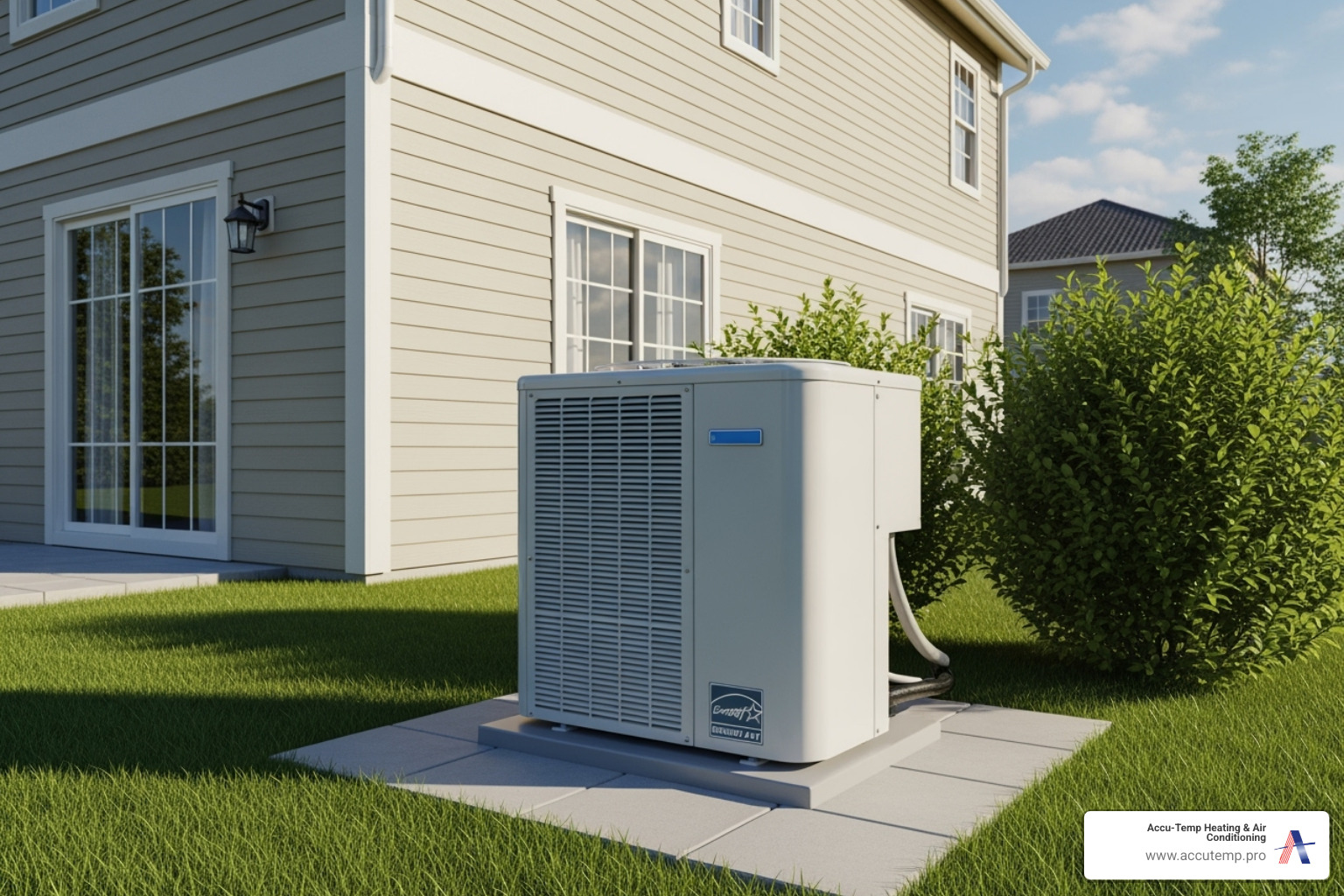Temperature control is one of the most important parts of running a commercial kitchen or food business. When refrigeration units fail to keep a consistent temperature, the results can be more than just inconvenient. Spoiled ingredients, unhappy customers, and health inspection issues are just a few of the problems that can occur. For businesses in Daytona Beach that rely on dependable refrigeration to operate daily, even a few degrees of change can become a big issue over time.
In a hot, humid climate like Daytona Beach, coolers often work harder than usual throughout the summer. This added strain can sometimes lead to technical problems that disrupt reliable cooling. If your commercial refrigerator struggles to maintain set temperatures or experiences frequent swings between warm and cold, chances are something is wrong with a key part of the system. Learning what causes these shifts and how to respond can help prevent bigger problems down the line.
Common Causes of Temperature Fluctuations
Finding the source of inconsistent temperatures starts with the most likely trouble spots inside the refrigeration system. In many cases, recognizing these early signs can help avoid food waste, safety hazards, and costly downtime.
1. Blocked or Dirty Condenser Coils
When condenser coils get coated with dust or grease over time, they cannot release heat efficiently. This puts extra stress on the cooling system, making it harder to stay cold. A blocked coil may cause the fridge to run longer without actually lowering the temperature properly.
2. Faulty Thermostat
A malfunctioning thermostat can send the wrong signals to your fridge’s control system. This may result in the unit cycling erratically or shutting off before reaching the intended temperature. If you are noticing sharp temperature swings or a fridge that never seems to cool down fully, the thermostat could be the cause.
3. Inadequate Airflow or Ventilation
Poor air circulation inside or around the refrigerator can quickly lead to uneven cooling. Items packed too tightly inside, blocked fans, or insufficient clearance from the wall all play a role. Without solid airflow, warm spots develop, leading to inconsistent temperatures throughout the unit.
4. Overloading the Refrigerator
It may seem harmless to stack food wherever it fits, but overloading a commercial fridge restricts proper air movement. When cold air cannot circulate evenly, certain sections become too warm while others may freeze. Over time, this makes it difficult for the unit to regulate cooling.
Sometimes issues stem from a mix of these causes rather than a single one. Spotting the problem as early as possible can keep things from worsening. For example, a Daytona Beach restaurant storing food for outdoor events during the summer might unknowingly block vents while cramming in extra inventory, only to realize too late that much of it has spoiled.
Immediate Troubleshooting Steps
Once signs of irregular cooling are noticed, a few targeted actions can help determine whether quick steps will fix the issue or if professional help is needed.
– Inspect the condenser coils for any visible dirt, debris, or grease. If they look dirty, wipe them down with a coil-safe brush or cloth.
– Check the thermostat settings to make sure nothing was moved accidentally. Gently test the thermostat function by slightly adjusting the setting and monitoring the response.
– Examine airflow pathways inside the fridge. Make sure vents are not covered by storage containers and items are spaced evenly to allow cold air to circulate.
– Remove any nonessential items to reduce overloading. If shelves are completely full or containers are leaned against the back wall, cooling will suffer.
These steps will not address every underlying problem, but they can rule out a few common ones. If the temperature still refuses to stabilize after doing these checks, it may be time to bring in our professionals to prevent equipment damage or spoilage losses.
When to Call Our Professionals
If the refrigerator continues cycling up and down in temperature after trying basic steps, the problem may be beyond something surface-level. Inconsistent cooling that keeps coming back usually means an internal part is failing or a component needs calibration. Refrigeration systems in commercial settings like those in Daytona Beach often work harder during the summer, and mechanical wear tends to show more during this time. That leads to more serious performance issues in units that are not regularly serviced.
Here are some signs that it is time to stop troubleshooting on your own:
– The compressor runs constantly or will not turn on at all
– The interior temperature keeps climbing above safe food storage levels
– Ice buildup around coils or vents keeps coming back within days
– You hear abnormal noises like grinding, buzzing, or clicking
– You see visible water pooling around the unit or from leaking defrost pans
Our technicians are trained to trace these issues to their source. Whether it is a malfunctioning fan motor, a failing compressor, or a refrigerant imbalance, these are problems that require proper diagnostic tools and experience. Repeat failures not only increase the risk of food loss but also strain other parts of your refrigeration equipment. Fixing one part may only be a short-term solution if the entire system is out of balance. By calling our professionals, you work with someone who can test each function in the system and find long-term fixes.
Keeping refrigeration systems well-maintained all year helps avoid most of these breakdowns. Our team can identify wear before it leads to a shutdown and help create a routine plan based around your needs.
Preventative Measures for Consistent Cooling
Many refrigeration failures start with small warning signs. Staying on top of routine care can make a big difference. Once repairs are made or everything seems stable again, it is important to keep the system working at its best. That means developing habits that support even cooling and smooth operation.
Use these preventative practices to keep your commercial refrigeration unit steady:
1. Set a regular schedule for coil cleaning and interior wipe-downs. Every few weeks, look for dust buildup on key parts and spills that can affect fans and air movement.
2. Check temperature readings daily. Use a thermometer inside the unit to compare against your thermostat setting. Log changes and respond quickly if patterns develop.
3. Organize contents for airflow. Keep a couple of inches of space near vents and avoid cramming items all the way to the back wall.
4. Spread out new inventory instead of stacking heavy loads in a single area. Uneven weight can stress the system and block cooling zones.
5. Partner with licensed professionals for system inspections and preventative check-ups throughout the year. Doing this keeps performance steady, especially through peak summer usage in Daytona Beach.
By making these steps a habit, sudden temperature swings become much less likely. It also adds years of life to commercial refrigeration systems, protects product quality, and reduces the risk of emergency repairs.
Ensure Reliable Refrigeration in Daytona Beach
Dealing with fluctuating temperatures once is frustrating. Facing it again during the hottest weeks in Daytona Beach could lead to larger problems and loss. Keeping your commercial refrigerator running smoothly goes beyond fixing temporary issues. It means building a plan that helps prevent them from happening in the first place.
Being proactive about inspections, maintaining airflow, and recognizing when something feels off can help avoid major disruptions. Commercial refrigeration in Daytona works harder during the summer months. For businesses that depend on it daily, having a trusted team and solid maintenance plan is not optional—it is essential.
To keep your commercial kitchen operating efficiently in Daytona’s demanding climate, Accu-Temp Heating & Air Conditioning recommends a proactive approach that targets problems like airflow restrictions and irregular cycling before they escalate. Learning more about commercial refrigeration in Daytona can help you maintain optimal performance and avoid unexpected disruptions. For a quick estimate or to book a service visit, please contact us today.



